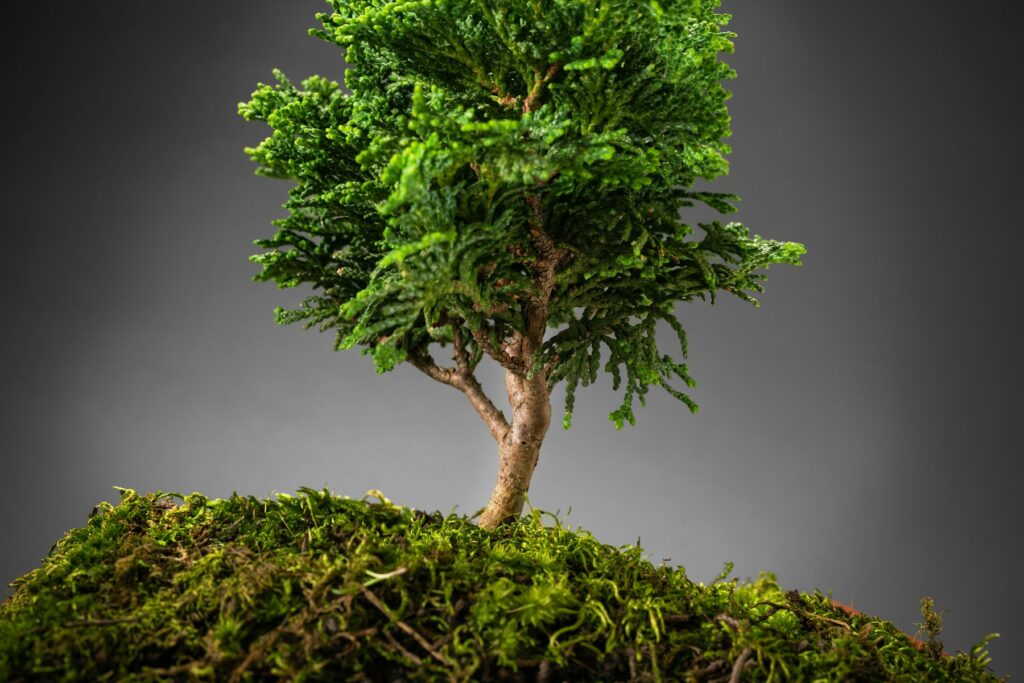A macrobonsai is a tree that, for years, has been worked so that they can be beautiful in a pot that is less and less tall and wider. But before being transferred to nurseries, garden centers and so on, it has gone through the prebonsai stage.
What does that word mean? Well the truth is that you will not find the meaning in conventional dictionaries. It is not widely used. But it is important to know it to know more about these curious plants. So let’s see what it is.
What is it?
A prebonsai is a tree that has characteristics that can turn it into a beautiful bonsai with a little work. For example, you can have a very interesting trunk movement, or a crown that grows cascading naturally.
Normally, we will find it planted in a pot that has the same height and diameter, either square or round, with a price that can be around 30 euros.

How does this work?
How does this work?
To go from prebonsai to bonsai we have to follow this step by step:
First we have to trim those branches that have grown more than the others, as well as those that are growing towards us at the end of winter. This will allow us to better choose the style of our future bonsai.
Once the style is decided, we will give the crown a new review if necessary and then we will clean the soil that covers the base of the trunk.
Afterwards, we will cut a little less than half of the roots and we will plant it in a bonsai tray with akadama, mixed with 30% kiryuzuna.
Finally, we will water until the water comes out of the drainage holes in the tray.
Para pasar de prebonsái a bonsái tenemos que seguir este paso a paso:
- Primero tenemos que recortar aquellas ramas que hayan crecido más que las otras, así como las que estén creciendo hacia nosotros a finales de invierno. Esto nos permitirá elegir mejor el estilo de nuestro futuro bonsái.
- Una vez decidido el estilo, le daremos un nuevo repaso a la copa si es necesario y pasaremos luego a limpiar la tierra que cubre la base del tronco.
- Después, recortaremos algo menos de la mitad de las raíces y lo plantaremos en una bandeja de bonsái con akadama, mezclada con un 30% de kiryuzuna.
- Por último, regaremos hasta que el agua salga por los agujeros de drenaje de la bandeja.
